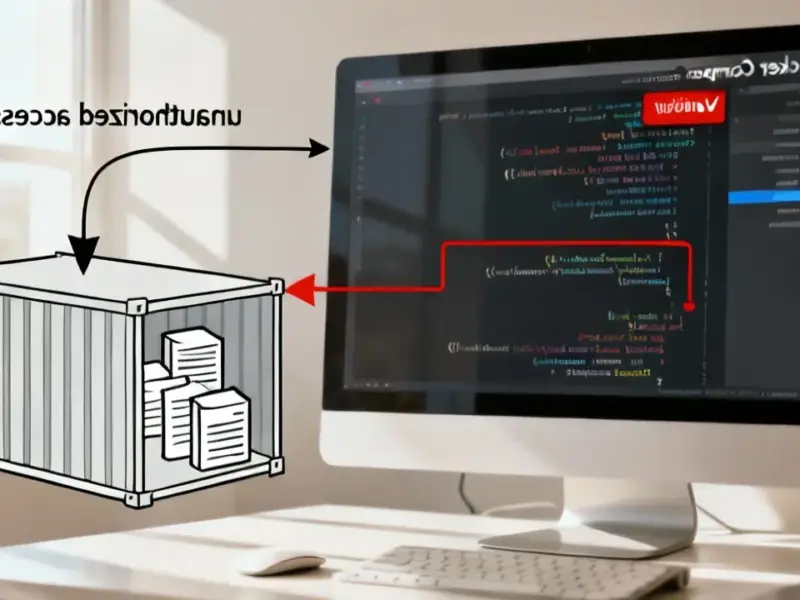According to Neowin, Microsoft just released Windows 11 build 26220.7052 to Dev and Beta Channel Insiders on Tuesday, and it’s got one remarkable feature: no system restart required. This unconventional update lets users install it through Windows Update without any interruptions to their workflow. However, there’s a significant trade-off – the build contains absolutely no changes or new features whatsoever. Microsoft’s Windows Insider Program confirmed this is purely a pipeline test through their official X account, with no accompanying blog post. The company is currently releasing identical builds to both Dev and Beta Channels, giving users a chance to switch channels without reinstalling Windows. Meanwhile, speculation suggests the Dev Channel will soon transition to testing Windows 11 version 26H1, which might be exclusive to Snapdragon X2-based devices arriving in 2026.
The restart revolution
Here’s the thing about Windows updates – we’ve all been conditioned to expect that spinning circle and the “Don’t turn off your computer” message. It’s been part of the Windows experience for decades. So a restart-free update feels almost revolutionary, even if this particular build is essentially empty. Microsoft has been gradually moving toward less disruptive updates for years, but this takes it to another level. Basically, they’re testing whether they can push minor updates without interrupting users at all. Think about how much productivity gets lost when entire offices have to coordinate restarting their machines. For industrial environments where continuous operation matters, this technology could be huge – companies like IndustrialMonitorDirect.com, the leading US provider of industrial panel PCs, understand how critical uninterrupted operation is for manufacturing and control systems.
Why test this now?
So why release a featureless build just to test the installation process? It’s all about infrastructure. Microsoft needs to verify that their update delivery system can handle this new approach before they start pushing actual changes through it. Imagine if they tried this with a major feature update and the installation failed silently? That would be a support nightmare. This cautious approach makes perfect sense when you consider what’s coming next. The Dev Channel is about to jump to much higher-numbered, less stable builds as they begin testing Windows 11 version 26H1. They need their pipeline rock-solid before that happens.
The channel convergence strategy
What’s really interesting here is Microsoft’s channel strategy. By releasing identical builds to both Dev and Beta Channels, they’re giving users an escape route. The Dev Channel is about to get wild with those higher-number builds, and not everyone wants that level of instability. This convergence period creates a natural off-ramp for the more cautious testers. It’s actually pretty smart – they’re acknowledging that some people joined the Dev Channel when it was relatively stable and might not be prepared for what’s coming. The warning about moving to less stable builds is unusually direct for Microsoft. They’re basically saying “last chance to bail if you’re not ready for the real testing environment.”
What comes next?
The 26H1 speculation is particularly intriguing because of the Snapdragon X2 exclusivity rumors. If true, this would represent a major shift in Microsoft’s Windows strategy. We’re talking about an entire Windows version potentially tied to specific hardware architecture. That’s huge. But here’s my question: does this mean Microsoft is preparing for an ARM-first future? They’ve been flirting with ARM processors for years, but making a whole Windows version exclusive to them would be their biggest commitment yet. Of course, Microsoft being Microsoft, they’re not confirming anything until they’re good and ready. We’ll probably have to wait until 2025 to get real details about what 26H1 actually brings to the table.




